Japan’s population is shrinking faster than ever, with nearly a million more deaths than births in 2024 – the steepest decline since records began in 1968.
New figures released by the Ministry of Internal Affairs and Communications last week showed that the number of Japanese nationals fell by over 900,000 last year, driven by record-low births of just 686,061 and almost 1.59 million deaths.
Japanese prime minister Shigeru Ishiba has called the trend a “quiet emergency” and pledged measures like free childcare and flexible work hours, but demographic pressures are already straining pensions, healthcare, and the fabric of rural communities.
Japan’s population has been shrinking for 16 consecutive years, falling to 120.65 million in 2024 from its 2009 peak of 126.6 million, figures from the Internal Affairs Ministry show.
Nearly one in three citizens in Japan is now aged 65 or older, while just six in 10 fall within the working-age bracket of 15 to 64.
The World Bank ranks Japan as having the world’s second-oldest population, surpassed only by Monaco.
In many countries facing similar challenges, like South Korea and China, immigration has helped offset labour shortages, and Japan has also gradually increased foreign worker numbers for that reason.
However, this has become politically contentious. A newly formed anti-immigration party, Sanseito, recently capitalised on this public unease, blaming foreign residents for the nation’s economic woes.
Its message resonated strongly enough in last month’s parliamentary election to weaken the ruling coalition’s majority.
Foreign residents now account for nearly 3 per cent of the population, hitting a record 3.6 million as Japan cautiously opened up to some forms of immigration through initiatives like a digital nomad visa.
Still, the country remains reluctant to rely heavily on foreign labour, and the long-standing low fertility rate – rooted in high living costs, stagnant wages, rigid work norms, and entrenched gender roles – means even bold policy changes could take decades to reverse the trend.
Taro Kono, a Japanese parliamentarian, told CBS News earlier this year: “There are less and less number of a young generation. And all the burdens are on the young generation. And they won’t be able to sustain. So society is going to be breaking up. Economy is just going to stagnate.”
Some experts believe that Japan’s declining population is tied in part to the growing professional success of its women. Today, a higher percentage of Japanese women are in the workforce than their American counterparts.

Representational. A conceptual clock developed by an expert on demographic trends and ageing society in Tohoku University in Japan predicts that in 695 years, there will only be one child below the age of 14 left in the country (AFP via Getty Images)
Japan’s notoriously gruelling work culture, combined with a male-centred social structures, leaves little room to balance career and family life, observers have noted over the years. Japanese-American author Roland Kelts describes the situation as “an implosion of marriage”.
He told CBS News’ 60 Minutes that the days of arranged marriages are behind us. “The corporate guys would marry the office ladies,” Mr Kelts said. “And this was all set up. It’s gone now. And the office ladies make more money than the corporate guys. So now, you have this shift in economics that has not been reflected in social norms.”
In 2023, fewer than 500,000 Japanese couples married, the lowest number since 1917, according to the Ministry of Health, Labour and Welfare of Japan.
“Childbearing outside of marriage is rare”, and so “this low marriage rate means that many Japanese men and women will never have children,” Noriko O Tsuya, a Japanese economist who specialises in fertility and family change in Japan and developed countries, wrote for the East-West Centre in 2017.
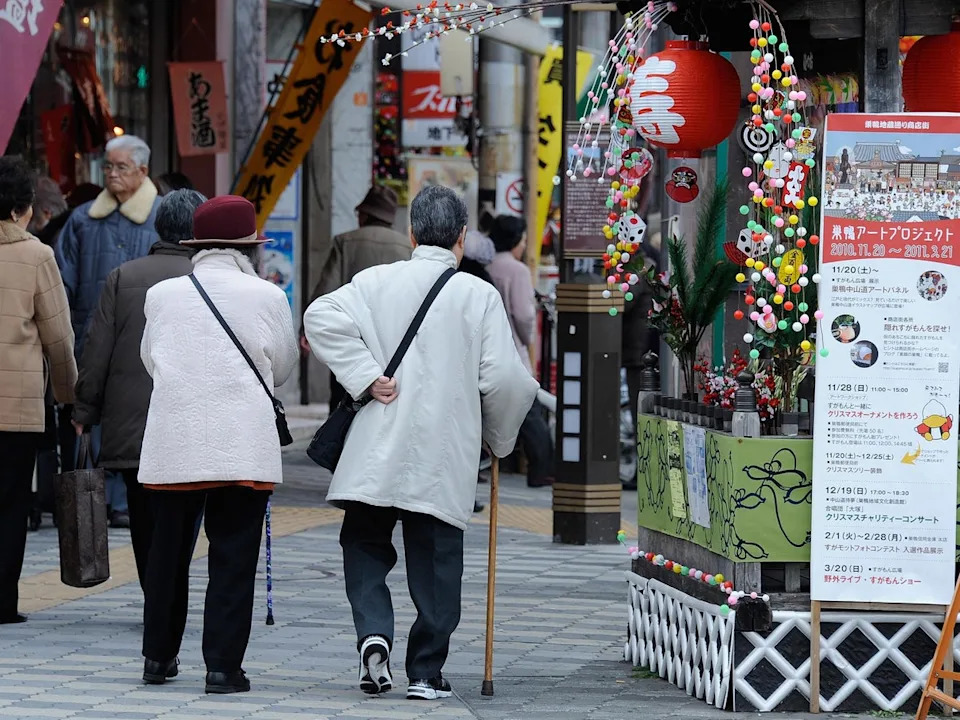
File. Elderly people walk in the street at Kouganji Temple in Tokyo (AFP/Getty)
As in many countries, women in Japan often face pressure to choose between a career and a family – but the nation’s entrenched overtime work culture makes the prospect of pregnancy and child–rearing particularly daunting.
“When they marry, they have to give up so many things,” Mari Miura, a professor of political science at Sophia University in Tokyo, was quoted as saying by The New York Times. “So many freedoms and so much independence”.
“It’s so obvious for a lot of women who have jobs that it’s very difficult to find a man who is available to be a caretaker in the family,” Kumiko Nemoto, a professor of sociology at Kyoto University of Foreign Studies, was quoted as saying by the outlet.
According to Mainichi, in Tochigi prefecture in Japan, a survey found that more than three-quarters of women feel they shoulder over 70 per cent of household chores.
Last year, the fertility rate – the average number of children a woman has in her lifetime – fell to a record low of 1.2, far below the 2.1 needed to maintain a stable population, according to the Ministry of Health, Labour and Welfare.
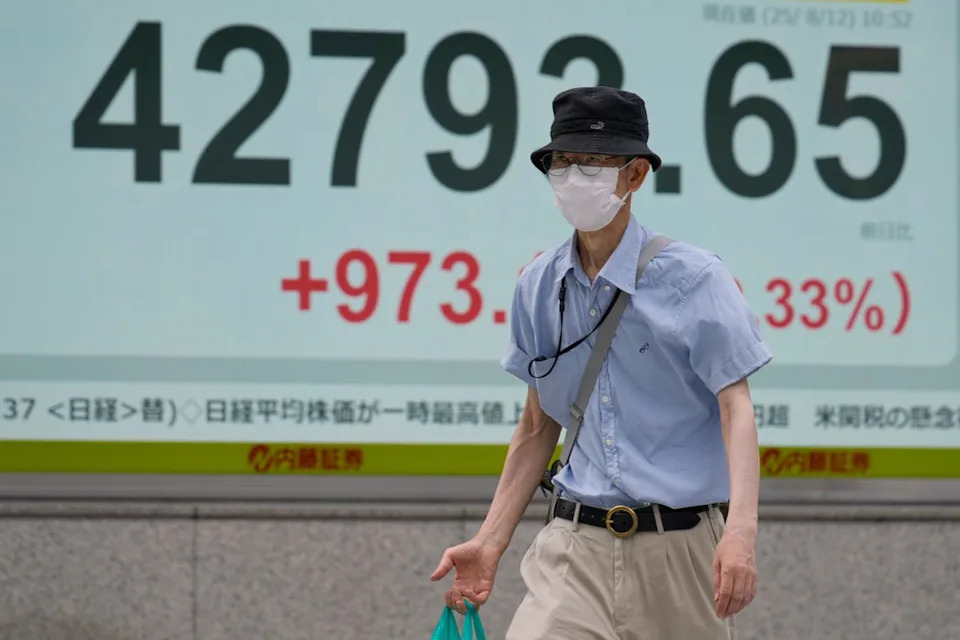
File. Japan had nearly a million more deaths than births in 2024 (Associated Press)
In response, the government rolled out a raft of “now or never” measures to stem the decline, from urging men to take paternity leave to local authorities introducing reforms aimed at improving work–life balance.
Although some men express a desire to be more involved at home and the government has urged businesses to reform Japan’s work culture, employees are still expected to devote the bulk of their waking hours to their jobs – leaving many husbands with little time to share household responsibilities.
Earlier this year, a Japanese expert on demographic trends and ageing society suggested mandating childcare leave for fathers as one of the ways to boost the country’s plummeting birth rate.
Hiroshi Yoshida, a professor at Tohoku University’s Research Center for Aged Economy and Society, told The Independent that childcare leave for fathers should be significantly increased and made more common in Japan, similar to the policies in Scandinavian countries.
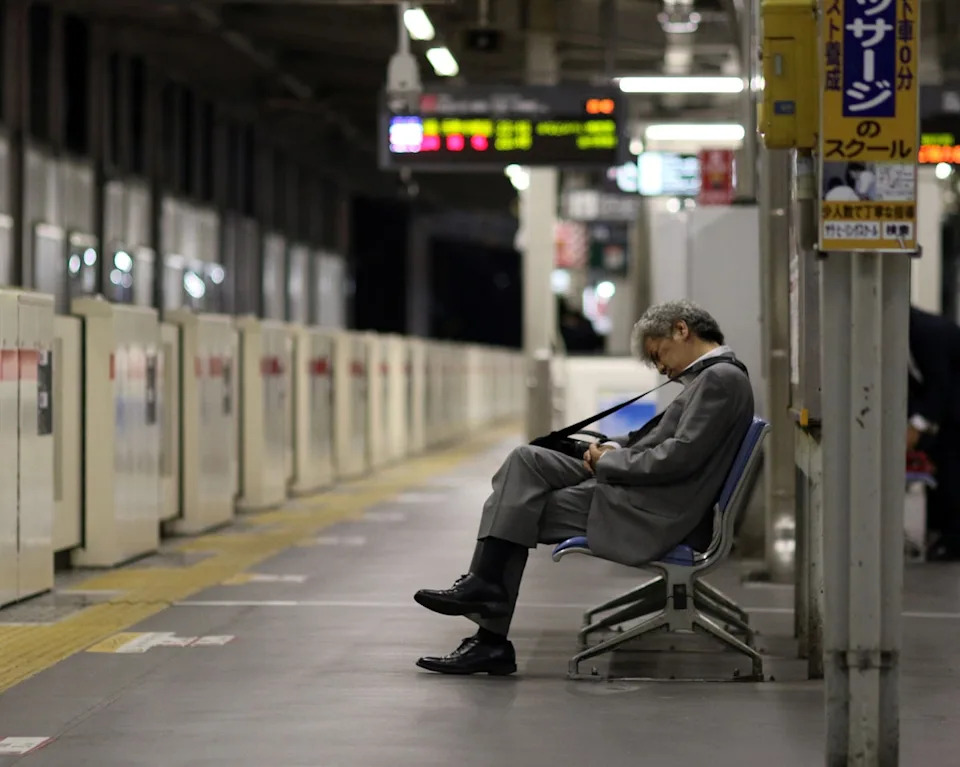
File. Japan’s ageing population means its workforce is expected to shrink by at least a quarter by 2050 (Getty)
“Male participation in childcare is very low in Japan, and it needs to be boosted,” he said.
He also proposed a system where senior citizens could step in to fill labour gaps when the younger population takes childcare leave.
He pointed out the example of the “Papa quota” in Norway, where fathers are required to take at least one month of childcare leave after the birth of a child. Prof Yoshida advocated for a similar approach in Japan to improve gender equality and support work-life balance for families.
City administrations have also launched initiatives to try and address the problem locally. Tokyo has created its own matrimonial dating app, which has attracted three to four times more applicants than was expected, as well as a four-day workweek for government employees.
Governor Yuriko Koike said these measures were aimed at making it easier for people to build relationships, support working mothers, and ultimately boost the country’s birth rate.
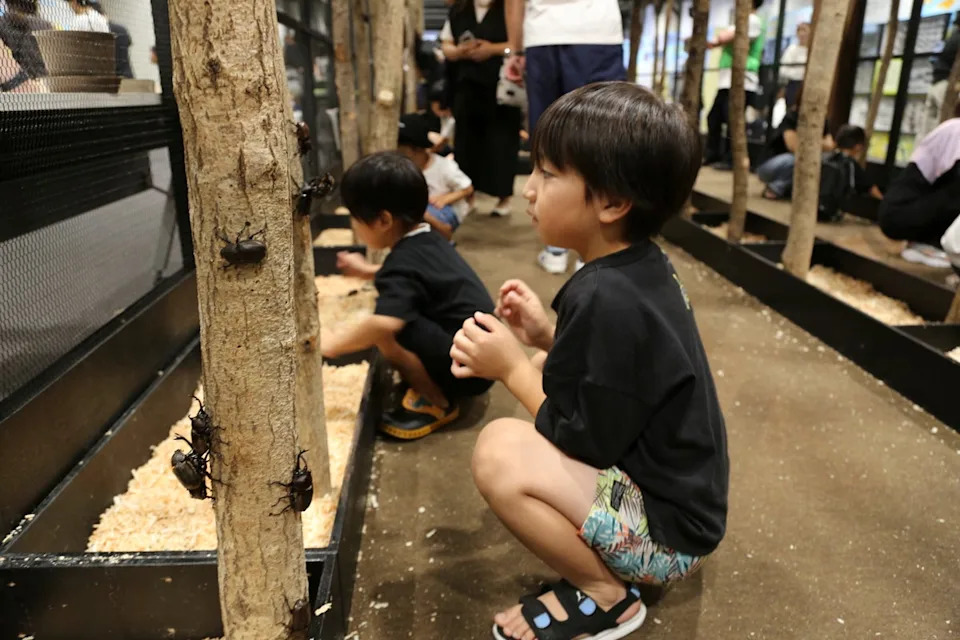
File. Marriage rate of young couples has decreased sharply in Japan, and as a result, the birth rate has also fallen (AP)
“We will review work styles … with flexibility, ensuring no one has to give up their career due to life events such as childbirth or childcare,” she said at the time.
“Now is the time for Tokyo to take the initiative to protect and enhance the lives, livelihoods and economy of our people during these challenging times for the nation,” she added.
Meanwhile, many rural communities in Japan are reportedly emptying as younger residents leave for cities and better opportunities. Government data from last year showed that nearly four million houses have been left vacant across the country in the past twenty years.
Ichinono, a Japanese village with fewer than 60 mostly elderly residents, for instance, now uses handmade mannequins to represent its once-thriving community. Only one baby has been born there in 20 years – two-year-old Kuranosuke, whose parents moved from Osaka seeking a stronger sense of community.
“We were afraid they (their children) would become unmarriageable if they remained stuck in a remote place like this. Out they went, and they never came back, getting jobs elsewhere. We’re now paying the price,” 88-year-old widow Hisayo Yamazaki told AFP.
“We’re probably outnumbered by puppets,” she added.

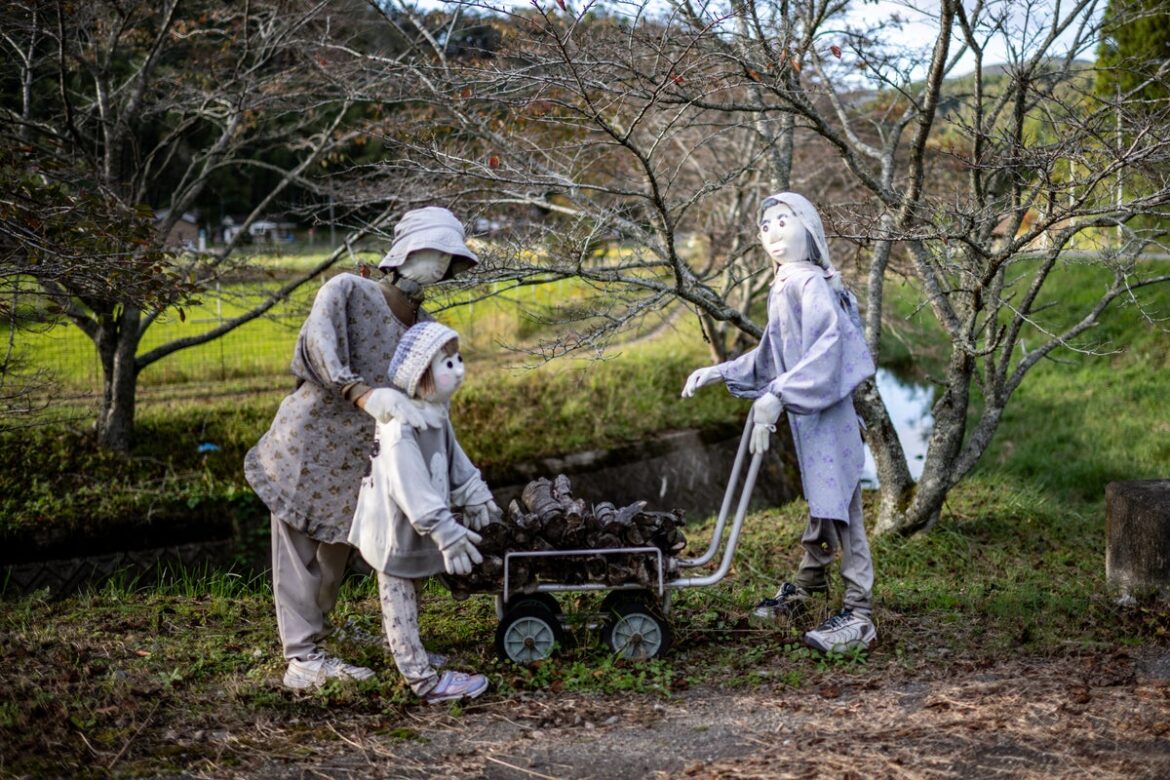
AloJapan.com